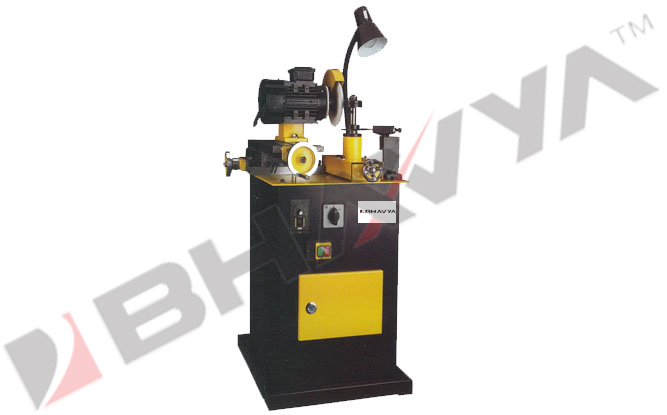A saw blade sharpener is an important tool in a woodworking workshop. It can be very challenging to properly file a blade by hand. To achieve a great finish, you need to follow a few basic guidelines. This guide will help you find the right file for your saw. The following are some useful tips to sharpen your saw. A blade sharpener will improve your work. Read this guide to learn how to sharpen your saw!
The first step is to clean your saw blades. Dip the blade in warm soapy water. Let it sit for five to ten minutes. Care should be taken to avoid damaging the teeth. Then, use a soft brush or cloth to clean off any blemishes or stains. Once it’s clean, rinse it in water and shake it well to remove the last bits of debris. Dry the blade thoroughly before using it again.
The next step in sharpening your saw blades is to clean them. Use warm soapy water and place them into the water. Leave them for five to ten minutes, then remove them with care. Scrub the blade with a cloth or a small brush to remove any blemishes or stains. Once the blades are completely clean, you can place them in the saw advisibly.

A saw blade sharpener is an excellent tool for sharpening your saw blades. Most of these tools feature an adjustable angle that can adjust the offset. It’s important to note, however, that some blades cannot be re-sharpened. Depending on the material you need to cut, a sharpened blade is the perfect tool for your needs. You’ll want to be sure to read the instructions carefully, and follow them strictly.
Once you’ve chosen the correct saw blade sharpener for your needs, you can start sharpening immediately. The first step is to clean the blades by hand. Then, you’ll need to clean them with soapy water. You can use a small soft brush to remove stains and blemishes. Then, you’ll need to dry the blade with a cloth. In the end, your saw should be sharpened quickly and effectively!
After using the saw, make sure it is sharp. If it’s not, you’ll have to replace it. It will not last long and you’ll have to buy another one. After it’s sharpened, the wood will look discolored. Similarly, you’ll see smaller pieces of sawdust. The wood may also smell burning, or you’ll find it takes you longer to cut the wood.
The quality of the sharpened blades will depend on the type of woodworking tool used. A sharpener with a wide angle will improve the cut of a tabletop or a circular saw. The sharpener’s tilt angle will be important if the saw will be used in a commercial setting. A high-speed sharpener will speed up the blades. In order to obtain a sharper that works efficiently, you need to test the blades on a small sample.





